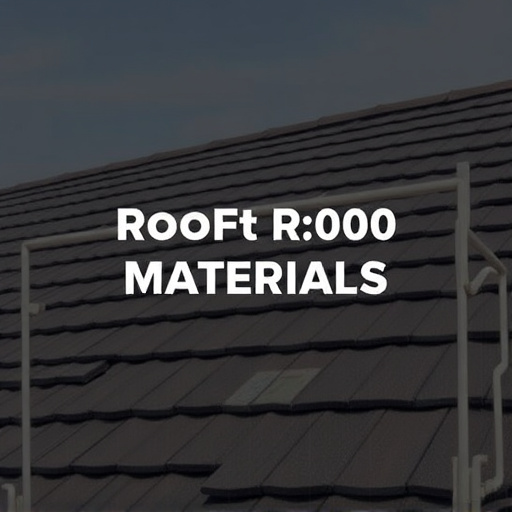Roofing costs vary based on materials (asphalt vs metal), job complexity, region, and climate. Choosing roofing materials considers durability, aesthetics, budget, and long-term benefits like energy efficiency. From budget-friendly asphalt to durable metal or eco-friendly options, informed decisions balance cost and functionality.
Roofing costs vary widely, with prices per square foot ranging from as little as $2 to over $10. Understanding what influences roofing expenses is crucial when choosing roofing materials. From traditional asphalt shingles to metal and tile roofs, each material has its cost spectrum. This article explores various roofing options, factoring in style, durability, and budget. We break down common types, local price variations, installation decisions, and longevity considerations to help you navigate the choices and make informed decisions for your roof replacement or upgrade.
- Understanding Roofing Cost Factors
- Common Roofing Materials and Prices
- Shingle Types: Asphalt vs. Metal
- Tile Roofs: Elegance and Expense
- Flat Roof Options on a Budget
- Energy-Efficient Choices for Savings
- Repair vs. Replacement Costs
- Local Market Variations in Pricing
- DIY Installation or Professional Hire?
- Longevity and Warranty Considerations
Understanding Roofing Cost Factors
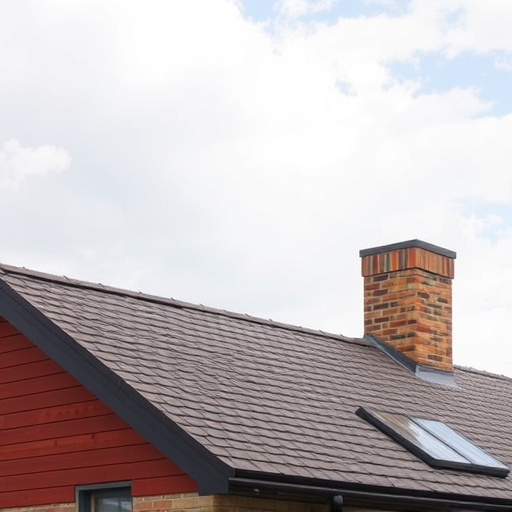
When considering average roofing costs per square foot, it’s crucial to understand that several factors influence the final price tag. One of the primary considerations is choosing roofing materials. Different materials have varying levels of durability, aesthetics, and cost. For instance, asphalt shingles, a popular choice due to affordability and ease of installation, typically range from $2 to $4 per square foot. In contrast, metals roofings offer superior longevity and can cost anywhere from $5 to $10 per square foot or more, depending on the style and quality.
Other significant factors include the complexity of the job, local labor rates, and the size and pitch of your roof. For example, a steep-pitched roof may require specialized equipment and expertise, increasing costs. Additionally, resistive roofing solutions designed for extreme weather conditions can add to the overall expense but offer better protection against harsh environmental factors. Weighing these considerations allows homeowners to make informed decisions when budgeting for roof replacements or installations.
Common Roofing Materials and Prices
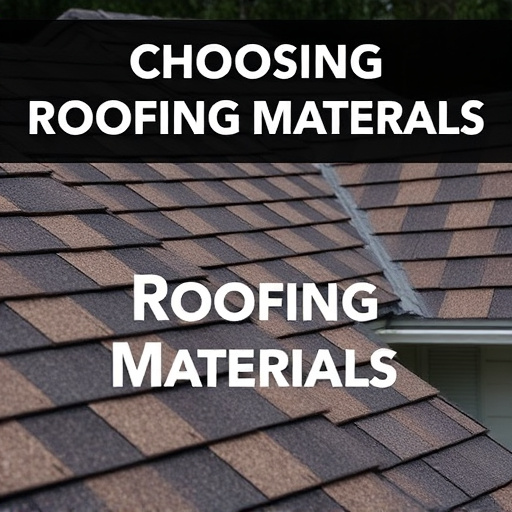
When choosing roofing materials, several options are available, each with its own benefits and price points. Asphalt shingles remain a popular choice due to their affordability and ease of installation, typically ranging from $1.50 to $3 per square foot, making them an attractive entry-level option for homeowners. Metal roofing is another durable and long-lasting roof material choice, offering excellent resistance to corrosion and fire. Prices can vary widely depending on the type of metal, but expect to pay around $7 to $20 per square foot.
One emerging trend in choosing roofing materials is the integration of solar panel roofing. These systems combine traditional roofing with photovoltaic panels, providing both shelter and energy generation. While initially more expensive than conventional options, solar panel roofing can offer significant long-term savings on energy bills. Prices for this integrated solution typically start from $8 to $15 per square foot, reflecting the added functionality and technology involved.
Shingle Types: Asphalt vs. Metal
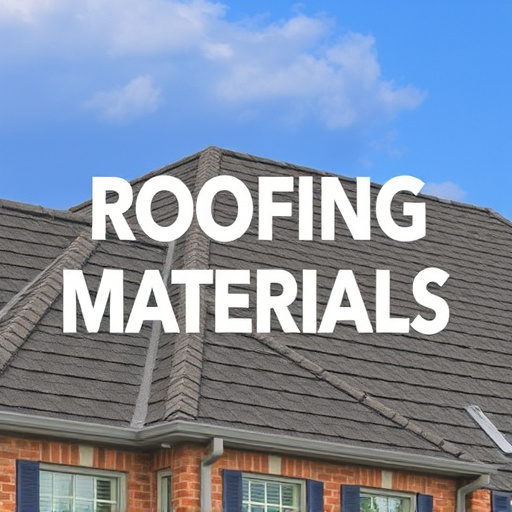
When choosing roofing materials, one key consideration is the difference between shingle types, particularly asphalt vs. metal. Traditional asphalt shingles have long been a popular choice due to their affordability and ease of installation, making them a house style-appropriate roofing solution for many homeowners. They come in various styles, from three-tab to architectural, allowing for customization to match different house designs.
On the other hand, modern metal roofing designs are gaining popularity for their durability and low maintenance requirements. Metal shingles and panels offer excellent resistance to fire, wind, and water damage. While initially more expensive than asphalt, metal roofing can last up to twice as long, potentially saving money in the long run. Local roofing material recommendations often include metal as a smart investment for those seeking both style and substance in their roofing choices.
Tile Roofs: Elegance and Expense
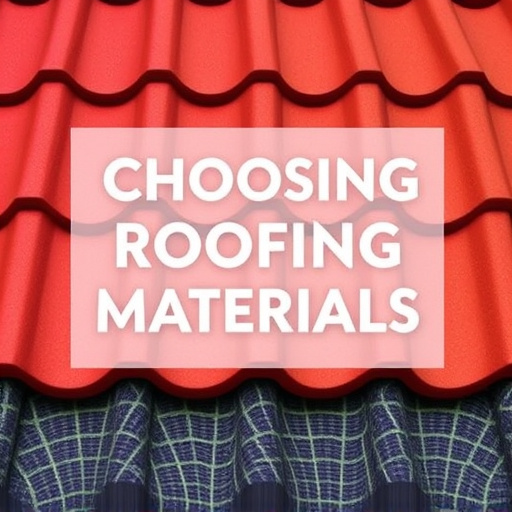
Tile roofs exude elegance and sophistication, making them a popular choice among homeowners looking to elevate their curb appeal. However, this aesthetic beauty comes at a price, with tile roofing typically costing more than traditional asphalt shingles per square foot. The higher expense is attributed to the durable yet intricate nature of tiles, which require skilled installation and periodic maintenance. Despite the initial cost, many appreciate the longevity and low-maintenance requirements of tile roofs once installed.
When considering roofing materials, it’s essential to weigh the visual appeal against long-term expenses. While traditional asphalt shingles may be more budget-friendly, tile roofs offer a classic style that can increase home value. Furthermore, exploring green roofing options or incorporating reflective roofing for heat reduction can add another layer of benefits, enhancing energy efficiency and reducing environmental impact.
Flat Roof Options on a Budget
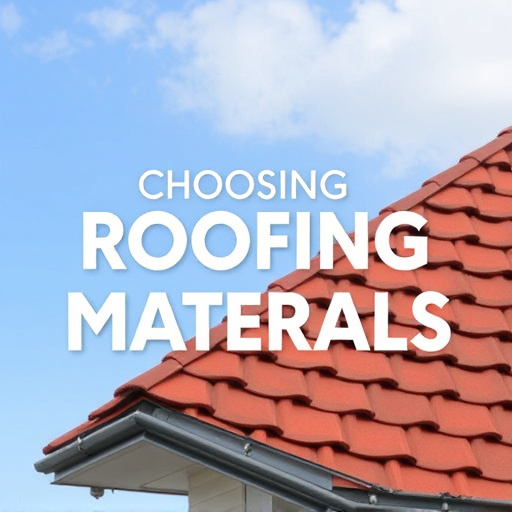
When considering flat roof options on a budget, there are several cost-effective choices available that offer both functionality and style. Choosing roofing materials for your flat roof should align with your climate and weather conditions to ensure durability. Hybrid roofing systems for homes combine traditional asphalt shingles with other materials, offering enhanced performance and energy efficiency. For regions prone to extreme weather, resistive roofing is a top pick; it’s designed to withstand high winds and heavy snowfall.
Asphalt shingles remain a popular choice due to their affordability and versatility in various styles. While traditional asphalt shingles have been the go-to option for many years, modern variations offer improved resistance to punctures, tears, and fire damage. When budgeting, weigh the pros and cons of each material—such as lifespan, maintenance requirements, and environmental impact—to make an informed decision that meets both your financial constraints and structural needs.
Energy-Efficient Choices for Savings
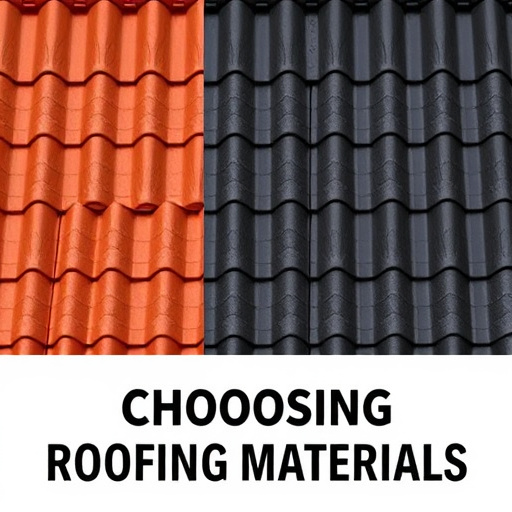
When considering average roofing costs per square foot, it’s crucial to explore energy-efficient choices that can save you money in the long run. One effective strategy involves choosing roofing materials designed for superior performance and sustainability. For instance, reflective roofing offers heat reduction benefits by reflecting a significant portion of solar radiation, thereby decreasing the amount of heat absorbed into your home or building. This not only lowers cooling costs but also extends the lifespan of your roof in hot climates.
Another option to consider is resistive roofing, designed to withstand extreme weather conditions. These materials are engineered with stronger underlayments and better fasteners, ensuring superior protection against high winds, heavy rain, and snow. While initial costs might be higher than traditional asphalt shingles, resistive roofing’s durability translates into fewer replacements over time, making it a sound investment in terms of flat roof materials comparison. Additionally, some eco-friendly options can contribute to tax incentives or rebates through energy efficiency programs, further enhancing their value.
Repair vs. Replacement Costs

When considering roofing costs per square foot, understanding the difference between repair and replacement is essential. Minor repairs, such as fixing a few missing shingles or sealing leaks, are usually less expensive, typically costing $1 to $5 per square foot. These quick fixes can extend the life of your current roof for a while. However, if your roof has reached its peak lifespan or is suffering from severe damage due to storms, age, or poor installation, replacement may be inevitable.
Roof replacement costs can vary greatly, generally ranging from $5 to $15 per square foot, depending on the type of materials chosen. This decision should factor in not just cost but also longevity and functionality. For example, choosing metals roofing offers durability and a wide range of styles at an average cost of $7-$12 per square foot, while hybrid roofing systems for homes combine traditional materials with modern technology, providing excellent insulation and weather protection at around $8-$15 per square foot. Additionally, considering climate-based roofing materials can further optimize energy efficiency, potentially reducing long-term costs and offering benefits such as the rooftop garden systems’ ability to insulate and absorb rainwater.
Local Market Variations in Pricing
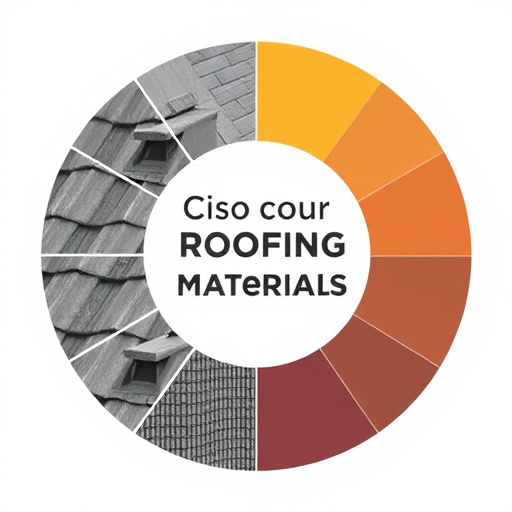
Roofing costs can vary significantly across different regions due to local market conditions, availability of resources, and regional preferences. For instance, urban areas with higher demand for roofing services might experience premium pricing compared to suburban or rural locations. Additionally, factors like labor costs, which are influenced by union rules or local wage standards, contribute to these variations.
When choosing roofing materials, factors such as climate play a crucial role in determining the price. Eco-friendly roofing alternatives, like metal or composite shingles, might be more expensive upfront but offer long-term benefits with reduced maintenance and energy savings. Hybrid roofing systems for homes, combining traditional materials with modern technologies, provide an array of options that cater to various budgets while considering factors like durability and environmental impact. Moreover, wood shake roofs, though popular in certain regions due to their aesthetic appeal, require regular maintenance, which can impact overall costs over time.
DIY Installation or Professional Hire?
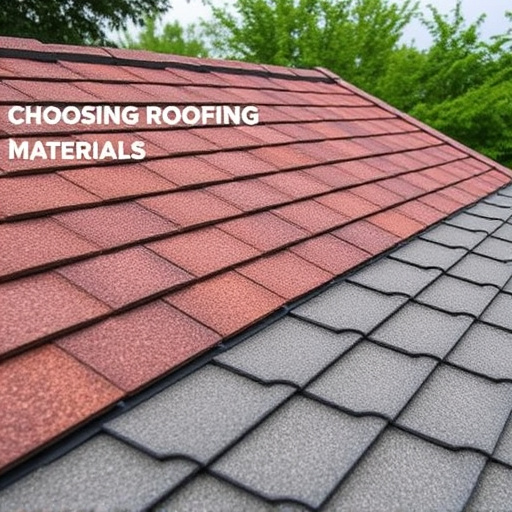
When considering average roofing costs per square foot, one significant factor to weigh is whether to opt for DIY installation or hire a professional roofer. For those inclined towards hands-on projects and with some experience in construction, DIY installation can be an appealing option. It offers cost savings by eliminating labor expenses but requires meticulous planning, accurate measurements, and adherence to safety guidelines. The choice becomes even more intriguing when exploring eco-friendly roofing alternatives that blend aesthetics with sustainability, such as metal or tile options.
On the other hand, professional hiring provides peace of mind, ensuring high-quality workmanship and a solid warranty. While the upfront costs might be higher, it’s crucial to consider the long-term benefits, especially in regions prone to extreme weather conditions. Resistive roofing materials, for instance, offer superior protection against harsh climates, potentially reducing future repair expenses. Additionally, integrating solar panel roofing can enhance energy efficiency and lower utility bills over time. This modern approach combines traditional asphalt shingles’ pros with cutting-edge technology, catering to those who seek both style and sustainability in their roofing decisions.
Longevity and Warranty Considerations
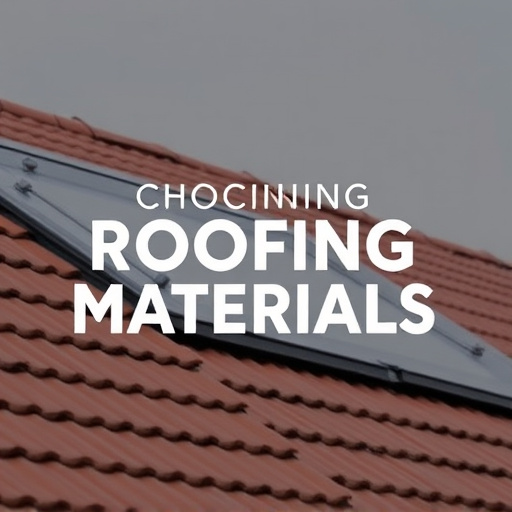
When considering average roofing costs per square foot, it’s crucial to factor in longevity and warranty considerations when choosing roofing materials. Longer-lasting roofing options not only save on replacement expenses down the line but also offer better value for your investment. Energy-efficient roofing solutions, such as slate roofing, provide exceptional durability and can significantly reduce utility bills over time. While slate roofing costs may be higher upfront, its longevity and low maintenance requirements make it a wise choice in terms of cost-effectiveness.
Additionally, warranties play a vital role in ensuring peace of mind. Traditional asphalt shingles, for instance, offer a standard warranty covering defects but typically have a shorter lifespan compared to other materials. On the other hand, tile roofing, with its sturdy construction and intricate designs, often comes with extended warranties that can span up to 50 years. By considering both longevity and warranty, homeowners can make informed decisions when it comes to choosing green roofing options or sticking with more conventional materials like slate or tiles, ensuring their roofs stand the test of time.
When considering roofing costs, understanding the various factors, materials, and options available is key to making an informed decision. Whether opting for asphalt shingles, metal tiles, or energy-efficient flat roof solutions, each choice comes with its price tag and benefits. By evaluating your budget, local market pricing, and long-term goals, you can effectively navigate the roofing landscape and choose the best materials that suit your needs. Remember, the right roofing investment not only enhances your property’s curb appeal but also provides long-lasting protection. So, whether you opt for a DIY installation or hire professionals, ensuring you select the appropriate roofing materials will ultimately save you time and money in the long run.
